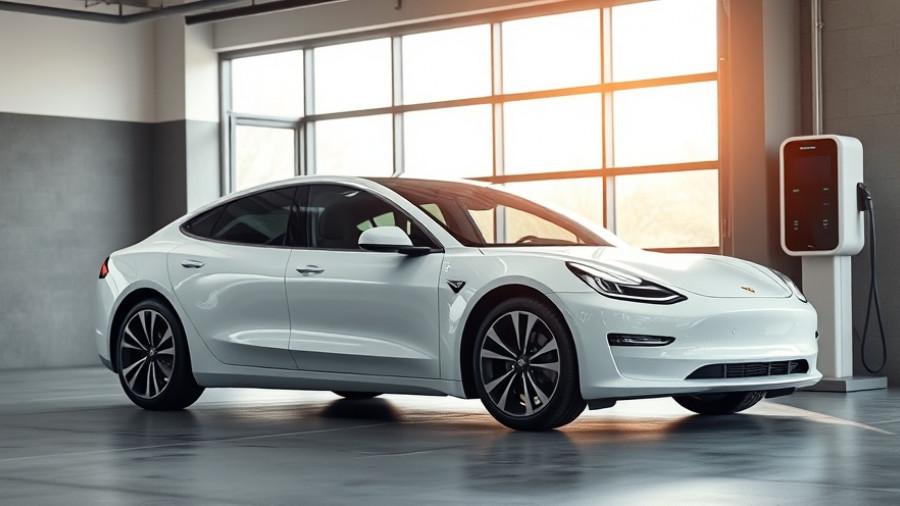
Shifting Gears: Mercedes-Benz Vans Withdraws Electric Models
In a recent decision that underscores changing market dynamics, Mercedes-Benz has decided to remove the eCitan and EQT electric models from its offerings. This move comes amid dwindling sales figures and a strategic pivot toward more profitable vehicle categories. Internal communications indicate that production is set to cease by the second quarter of 2026, marking the end of the small commercial vehicle class for the brand.
Understanding the Context: The Shift to Profits
According to reports, Mercedes-Benz Vans experienced a notable downturn in sales within the small van segment. In fact, only 28,500 units were sold in 2024, reflecting a ten percent drop from 2023. This decline in profitability has prompted the luxury automaker to refocus its efforts on larger, more lucrative segments represented by the V-Class and beyond. The decision aligns with a broader industry trend where established brands are optimizing their portfolios in response to market demand.
The Impact of Collaboration: Renault Partnership Ends
The eCitan and EQT models were born from a collaboration with Renault, which has now reached its conclusion after more than a decade. These vans were produced in Renault’s Maubeuge plant and utilized the same electric drive technology as the Kangoo E-Tech Electric. Despite the vehicles' energy efficiency—with a battery capacity of 44.5 kWh and a WLTP range of 278 kilometers—their limited appeal in the premium market meant that they struggled to make an impact.
Market Realities: Comparing Electric Van Options
Mercedes-Benz’s focus on electric vehicles is commendable, but the competitive landscape reveals challenges when compared to models from Renault and Nissan. The eCitan and EQT did not notably differentiate themselves in a pricing context, which has made it easier for consumers to opt for alternatives like the less expensive Renault or Nissan Townstar. As electric vehicles constitute a growing segment, it's crucial for manufacturers to offer unique value propositions to justify their price points.
Potential Future of Light Commercial Vehicles
While this decision signifies a retreat from the small van segment, Mercedes-Benz has asserted that it will still provide service support for existing vehicles for up to a decade. This commitment to after-sales service reflects a desire to maintain customer loyalty, essential for any future ventures in the electric space. The strategic shift towards larger vans may open up new avenues for innovation, particularly in the electric utility vehicle sector, a priority as the demand for green transportation solutions amplifies.
What This Means for the Industry
The withdrawal of these models raises questions regarding the viability of small electric commercial vehicles in general. As the market gravitates toward larger, more efficient transport solutions, competitors must clarify their strategies to adapt to these changes. This is a crucial juncture for the industry—a phase marked by evaluating past performance to inform future decisions regarding electric vehicle designs.
Embracing Green Energy: The Path Ahead
For home and business owners keen on utilizing green energy and electric transport solutions, the discontinuation of these offerings highlights the importance of understanding market trends and choices. With a strong focus on the future of green energy, solar-powered charging stations, EV chargers, and sustainable transportation play a pivotal role. Investment in these areas can not only contribute to personal sustainability efforts but also align with emerging technologies shaping our transportation framework.
 Add Row
Add Row  Add
Add 



Write A Comment